Sugars - application of polysaccharides
what are the properties and applications of simple sugars – glucose and fructose – and disaccharide – sucrose.
to describe the distribution of starch and cellulose;
to write down molecular formulas of polysaccharides;
to what are properties and applications of starch and cellulose;
What we already know about polysaccharides
Polysaccharides are complex chemical compounds composed of many residues of simple sugars. The most well‑known polysaccharides are starchstarch and cellulosecellulose. Recall the most important messages about these.
Expand the tabs and recall basic information about starch and cellulose.
What is their formula?
The general pattern of polysaccharides is , where is a natural number depending on the type of polysaccharide and its origin.
Where are they created?
Starch and cellulose occur mainly in plants as a result of the binding of glucose molecules. We call them natural polymers.
Where are they found?
In plants. Starch mainly occurs in potatoes, grains, seeds, rice and corn. Large quantities of cellulose are found in cotton and wood.
What are their structures?
Starch - granular, cellulose - fibrous.
What are the physicochemical properties?
Starch and cellulose are white solids. Starch weakly dissolves in cold water, while in hot water it forms starchy pap. Cellulose does not dissolve in water; it is flammable.
Are them present in the human diet?
Starch is a very important component of human food, it is found in many vegetables and fruits. Cellulose, also called fibre, is not digested by us. However, it plays an important role in the proper functioning of our digestive system.
Create a drawing on the topic under discussion.
Sugars with many applications
Starch is used primarily in the food industry. Due to the texture of the mixture of starch and water, it serves for the production of jelly and pudding. It is also used for the production of adhesives, medicines and cosmetics.
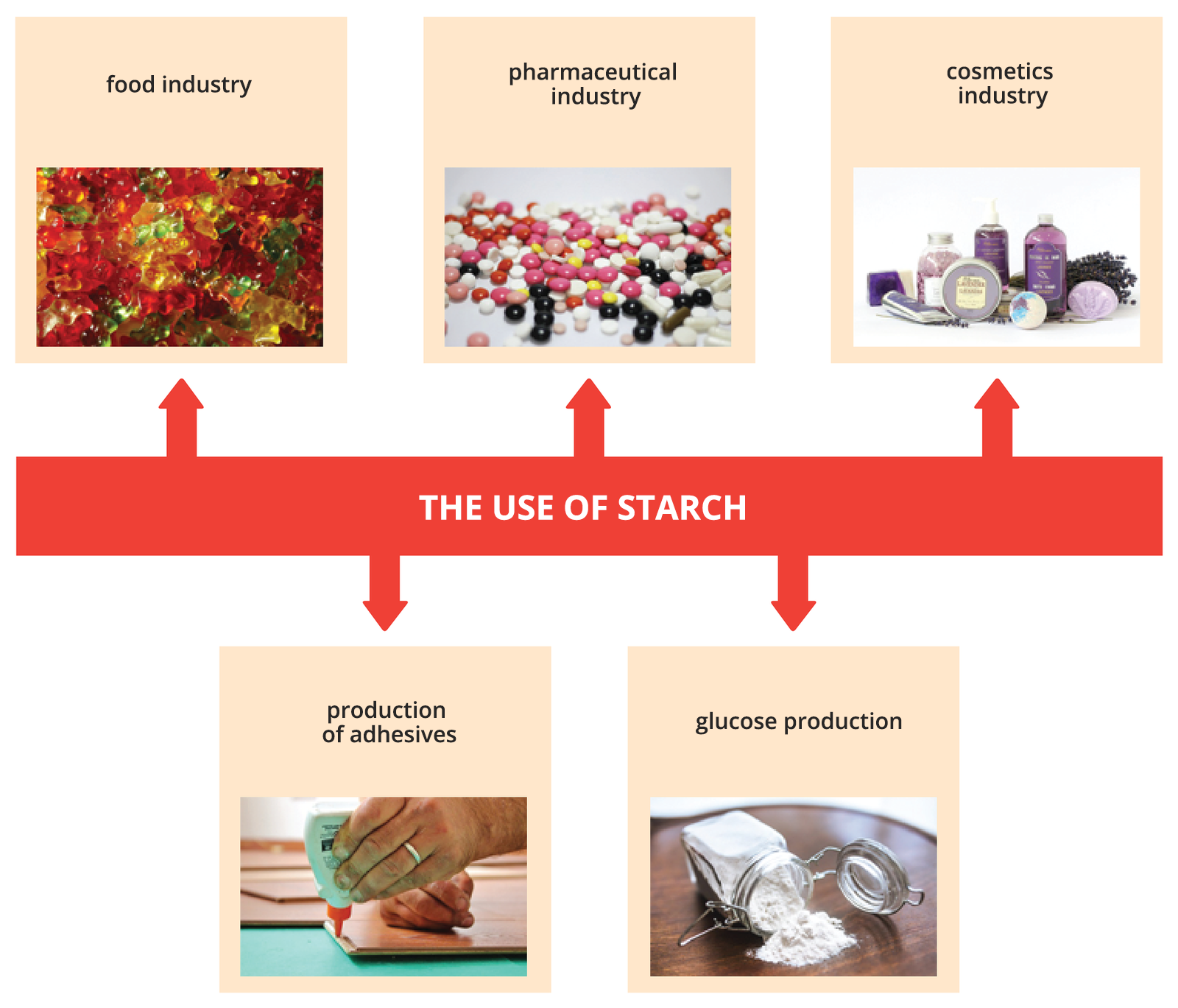
Cellulose also has a wide range of applications, mainly in the paper industry. It is also used for the production of varnishes, adhesives, explosives and artificial silk. In addition, it is used in the pharmaceutical industry, for the production of medicines (e.g. suppositories).
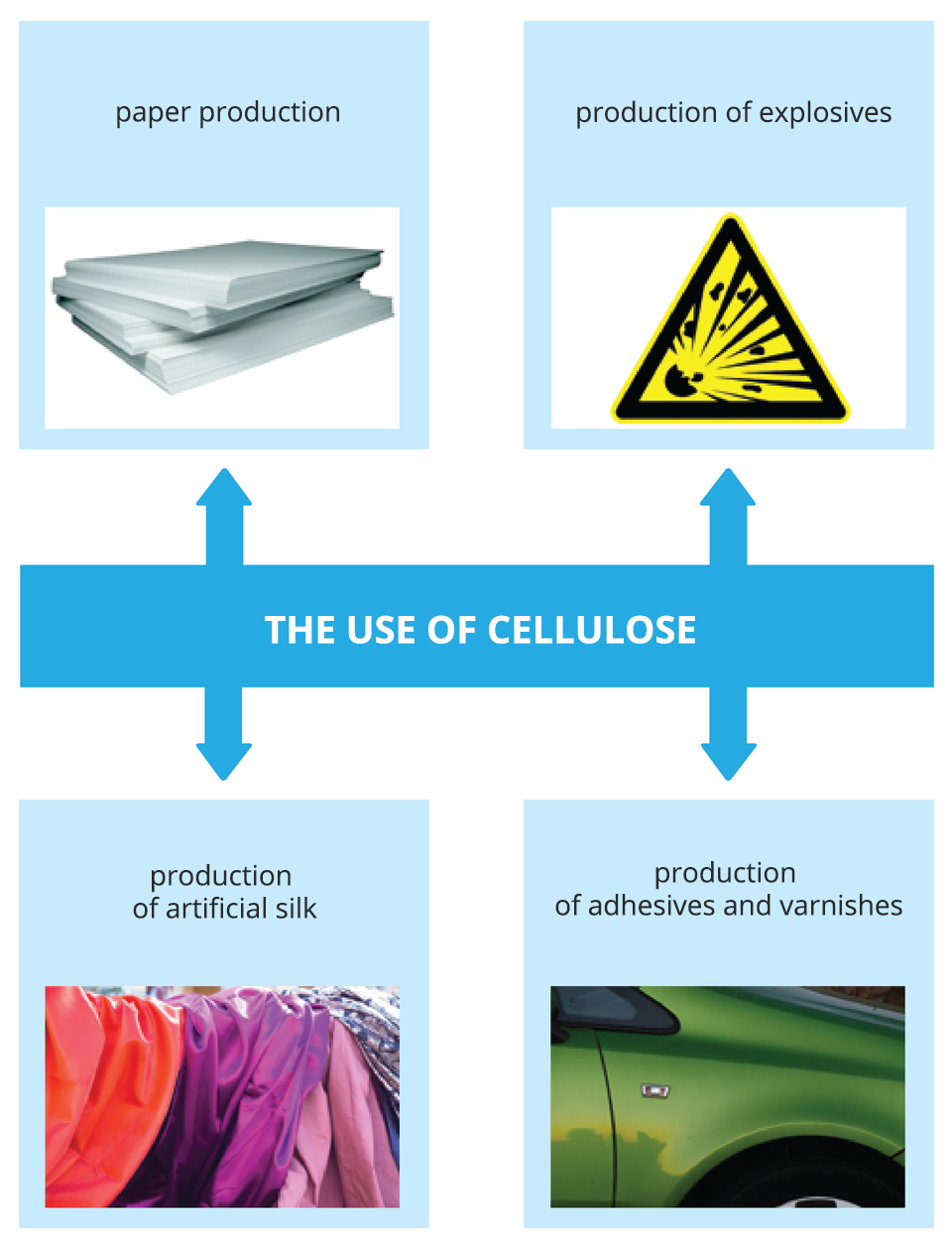
Select correct sentences describing starch and cellulose.
- Large quantities of starch are found in cotton.
- Cellulose is called fibre and increases intestinal motility.
- The common name of starchy pap is amylum.
- Cellulose is used for the production of artificial silk, cellophane and is used to feed animals.
Select photos showing the products manufactured with the application of cellulose.
- Production of varnishes
- Production of thread
- Production of fabrics
- Cosmetics, e.g. face powder
- Paper
- Jelly beans

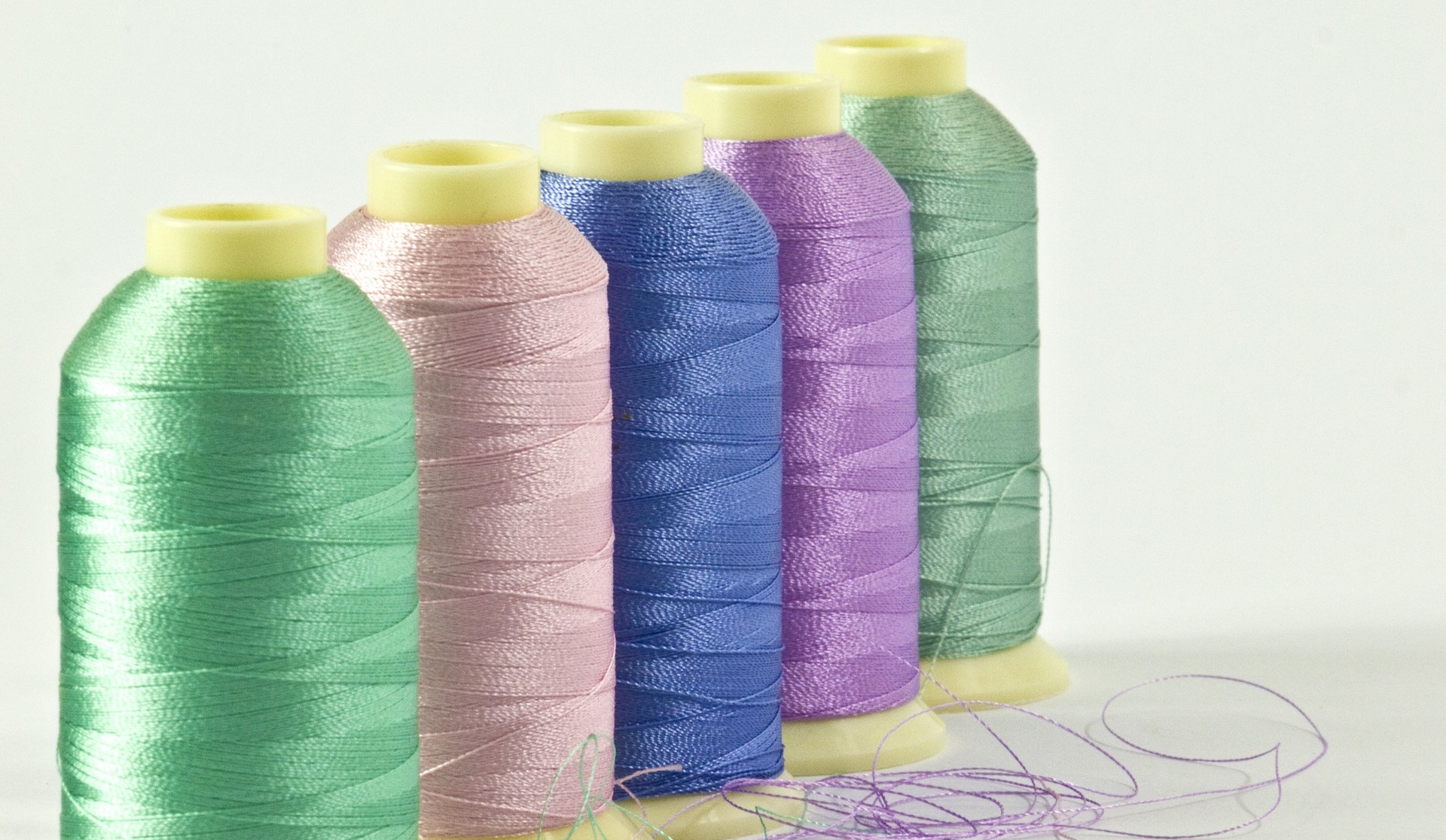
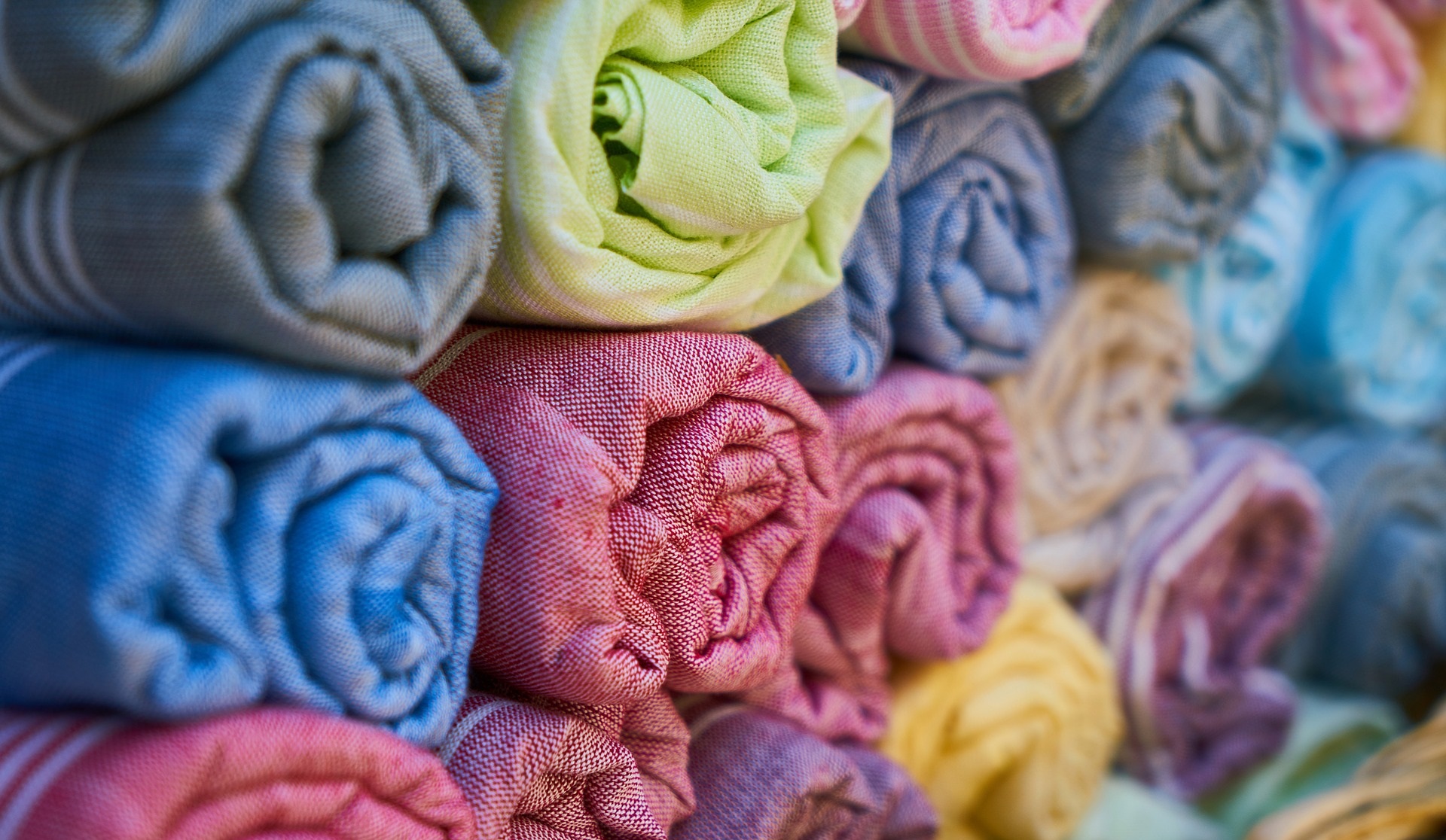



What is the use of starch and cellulose? Check the answer if all of the elements will describe the proper use of sugar.
|
Starch
|
Jelly food
|

|
|
Cellulose
|
Thread
|

|
|
Starch
|
Fabrics
|

|
|
Cellulose
|
Pasta
|
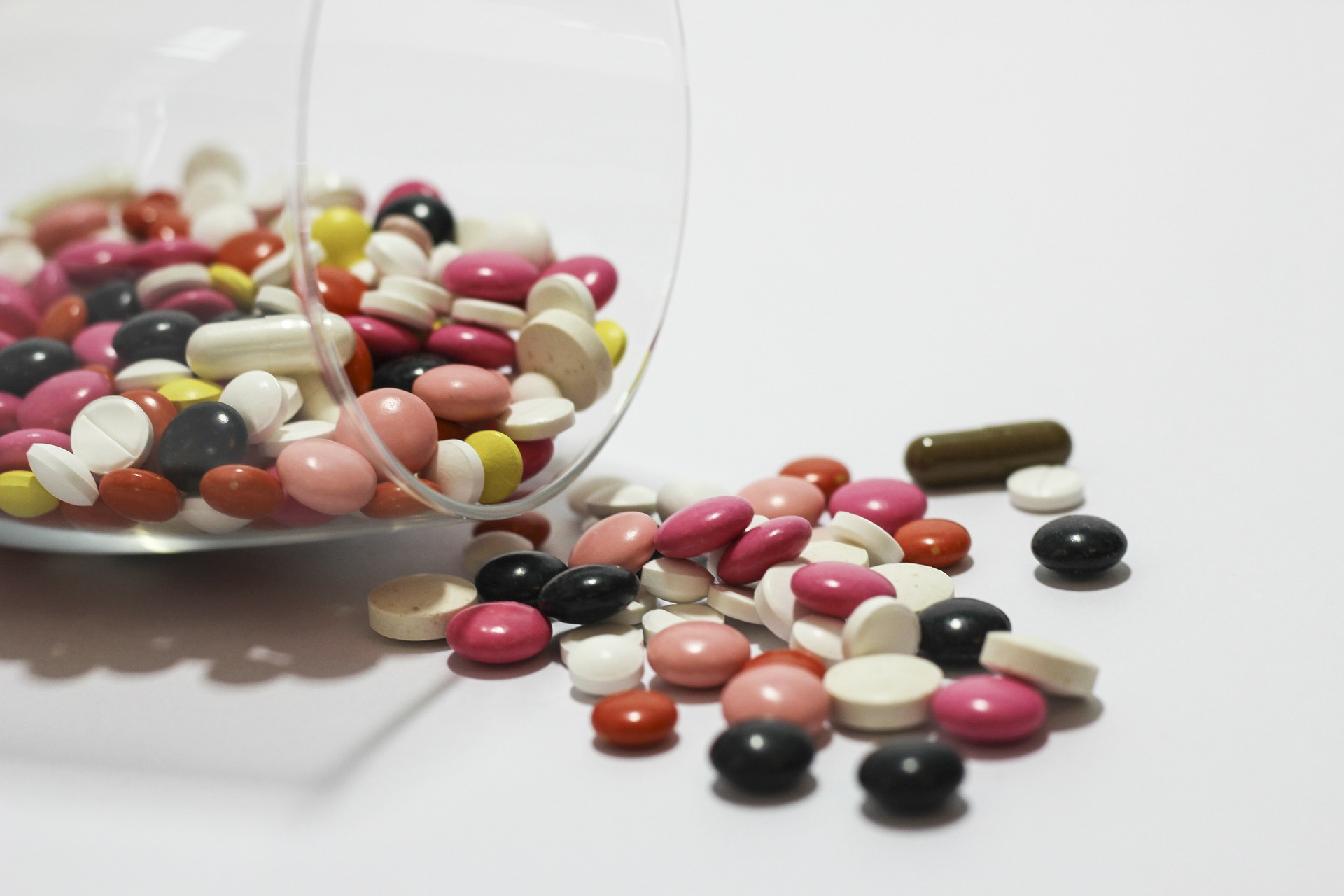
|
|
Starch
|
Photographic materials
|
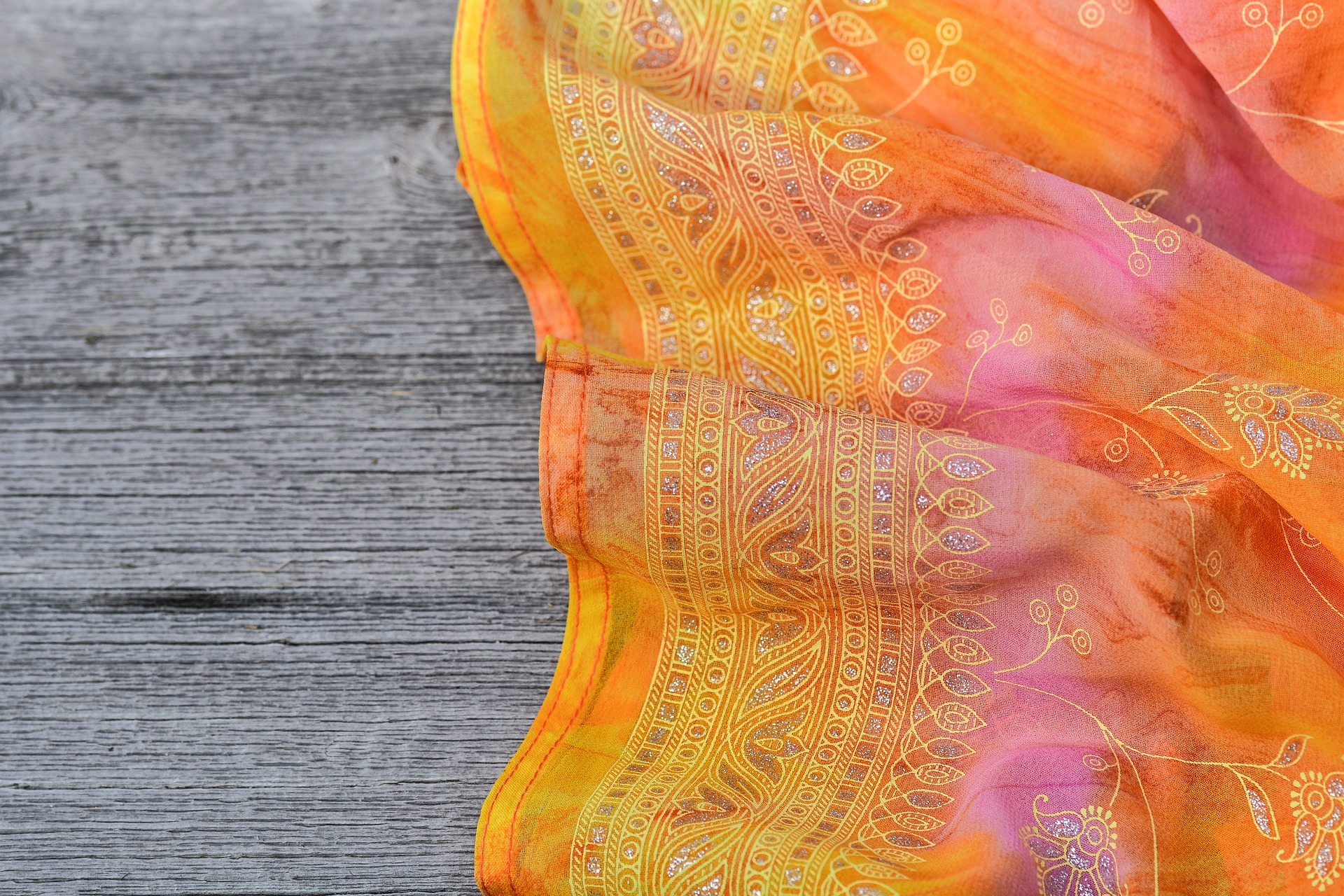
|
|
Cellulose
|
Medicines
|

|
|
Cellulose
|
Varnishes
|
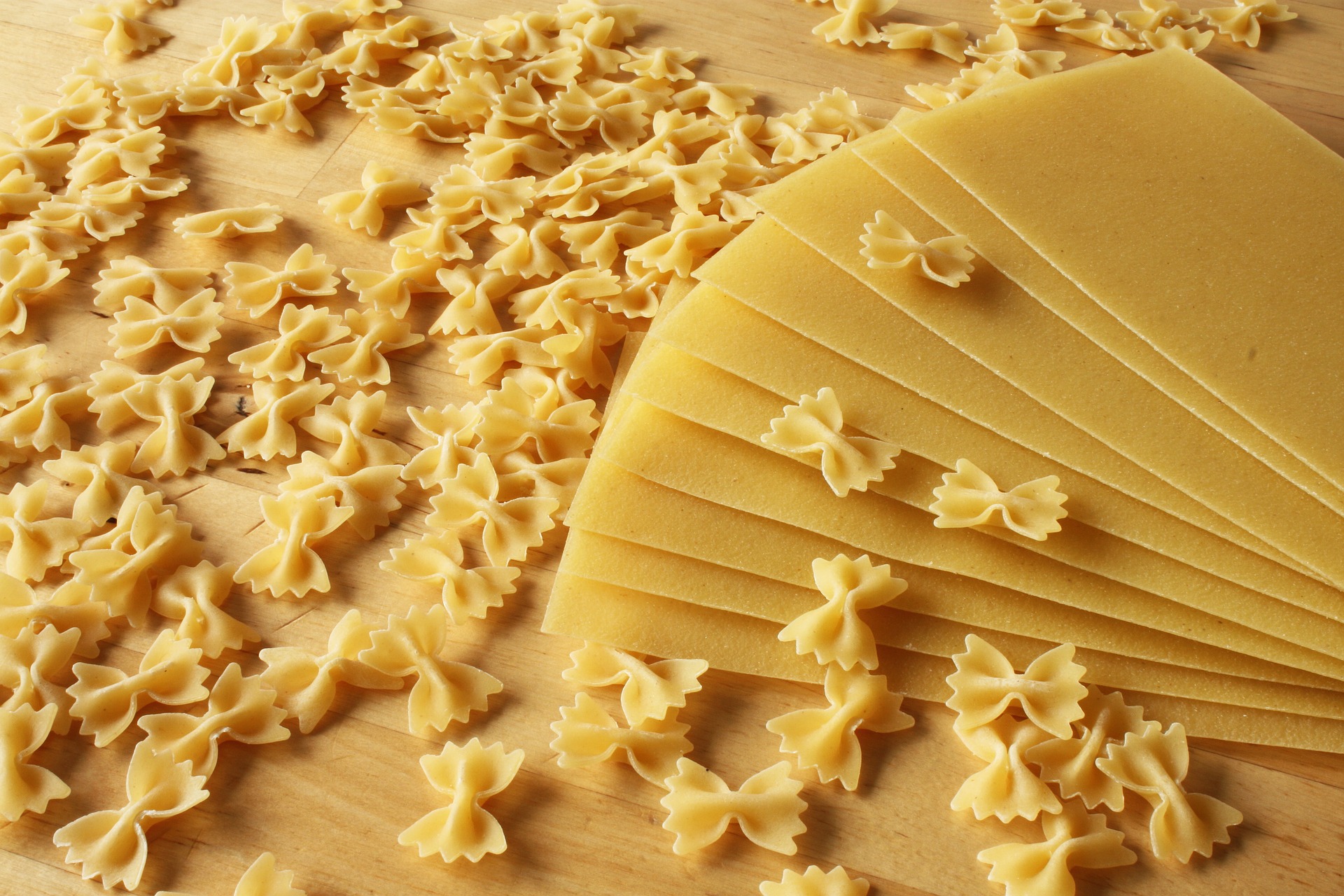
|
|
Starch and cellulose
|
Cosmetics
|
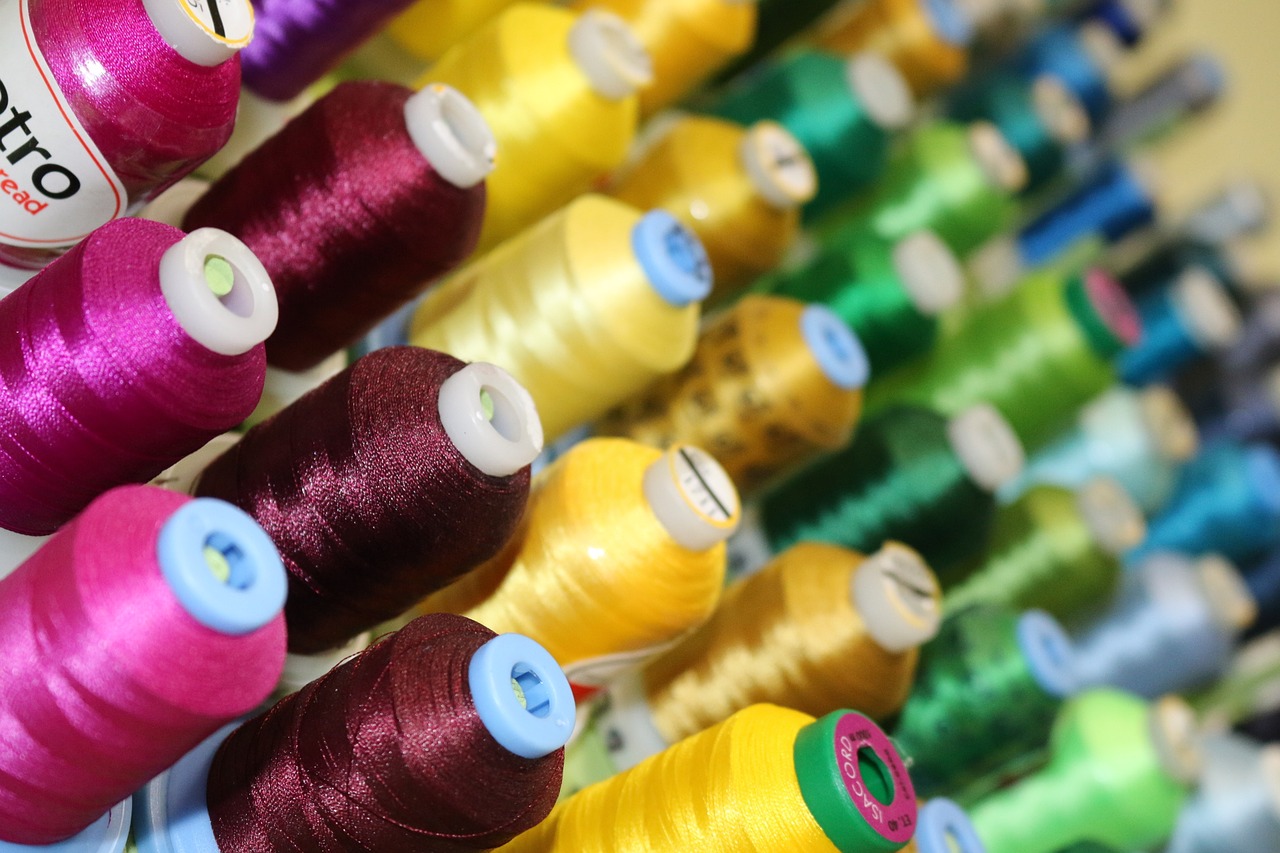
|
Create a crossword for your classmate with at least six questions based on this lesson.
Summary
The most widespread polysaccharides are starch and cellulose with a molecular formula of .
Starch has a granular structure and occurs mainly in potatoes, cereal grains, rice and corn.
Cellulose is the basic building material of plants. It has a fibrous structure; occurs, among others in wood and cotton.
Starch and cellulose are white solids. Starch weakly dissolves in cold water, while in hot water it forms starchy pap. Cellulose does not dissolve in water; it is flammable.
Iodine testing is used to detect starch in food products – reaction of starch with iodine, resulting in a dark‑blue coloration.
Starch undergoes hydrolysis in the human body: it breaks down into dextrins and then into glucose molecules. Man does not digest cellulose.
Keywords
starch, cellulose, polysaccharides, application of polysaccharides
Glossary
skrobia – węglowodan, polisacharyd roślinny, składający się wyłącznie z merów glukozy połączonych wiązaniami α‑glikozydowymi, pełniący w roślinach rolę magazynu energii, o wzorze sumarycznym ()n, gdzie n > 300
celuloza – węglowodan, polisacharyd o wzorze sumarycznym ()x, gdzie x = 2500‑10000. Biała, włóknista masa nierozpuszczalna w wodzie. W wyniku hydrolizy rozpada się na glukozę. Jest głównym składnikiem roślinnych błon komórkowych. Stanowi podstawowy surowiec w produkcji papieru.